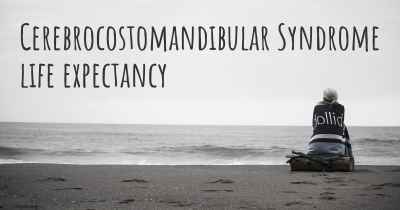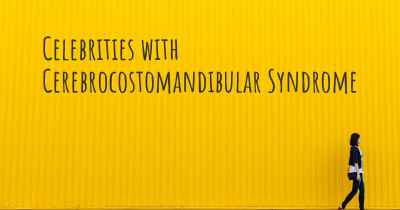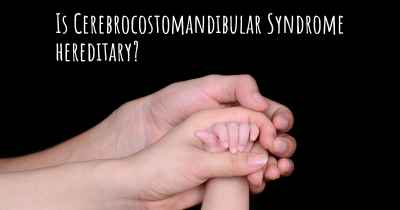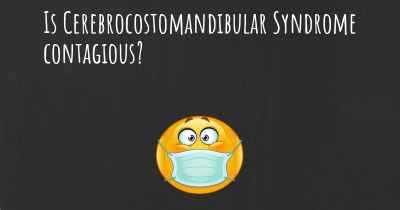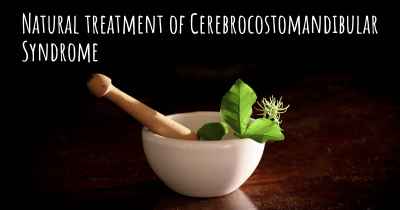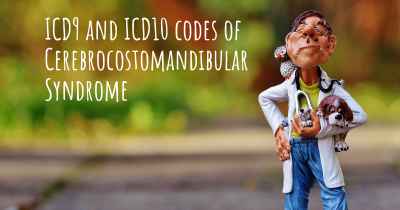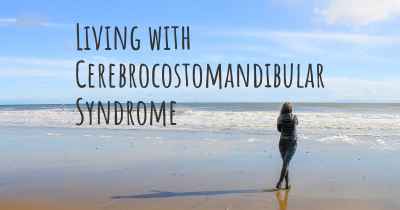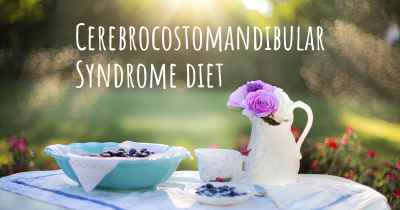Is it advisable to do exercise when affected by Cerebrocostomandibular Syndrome? Which activities would you suggest and how intense should they be?
See if it is advisable for people with Cerebrocostomandibular Syndrome to practice sports and which ones are the most recommended if you have Cerebrocostomandibular Syndrome
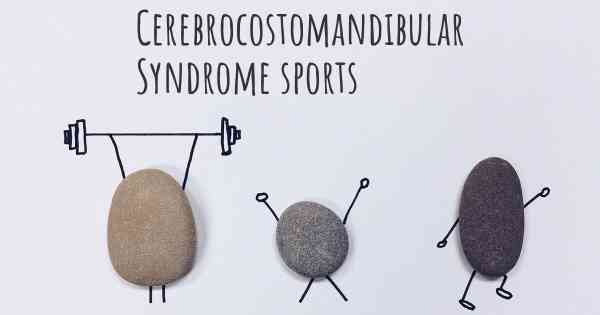
Cerebrocostomandibular Syndrome (CCMS) is a rare genetic disorder that affects the development of the brain, ribs, and jaw. It is characterized by various symptoms including intellectual disability, abnormal rib development, and facial abnormalities. As with any medical condition, it is important to consult with a healthcare professional before starting or modifying any exercise routine.
While there is limited information specifically addressing exercise recommendations for individuals with CCMS, regular physical activity can generally provide numerous benefits for overall health and well-being. Exercise can help improve cardiovascular fitness, muscle strength, flexibility, and mental well-being.
Low-impact exercises are generally recommended for individuals with physical limitations or conditions that affect mobility. These exercises are gentle on the joints and minimize the risk of injury. Some suitable low-impact exercises for individuals with CCMS may include:
- Walking: Walking is a simple and accessible exercise that can be tailored to individual fitness levels. It can be done outdoors or on a treadmill, and the intensity can be adjusted based on the individual's abilities.
- Swimming: Swimming is a low-impact exercise that provides a full-body workout. It is gentle on the joints and can help improve cardiovascular fitness and muscle strength.
- Yoga: Yoga combines gentle movements, stretching, and breathing exercises. It can help improve flexibility, balance, and relaxation.
- Cycling: Cycling can be done on a stationary bike or outdoors. It is a low-impact exercise that can help improve cardiovascular fitness and leg strength.
It is important to start any exercise routine at a comfortable level and gradually increase the intensity and duration over time. This allows the body to adapt and reduces the risk of overexertion or injury. It may be beneficial to work with a qualified exercise professional, such as a physical therapist or certified personal trainer, who can provide guidance and tailor an exercise program to individual needs and abilities.
Listening to your body is crucial when exercising with CCMS. Individuals with CCMS may have unique physical limitations or challenges, so it is important to pay attention to any discomfort or pain during exercise. If any exercise causes significant pain or discomfort, it should be modified or discontinued. It is always advisable to consult with a healthcare professional for personalized advice and guidance.
In conclusion, while there is limited specific information on exercise recommendations for individuals with CCMS, engaging in regular physical activity can provide numerous benefits for overall health and well-being. Low-impact exercises such as walking, swimming, yoga, and cycling can be suitable options. It is important to start at a comfortable level and gradually increase intensity, while also listening to the body and seeking guidance from healthcare professionals.
